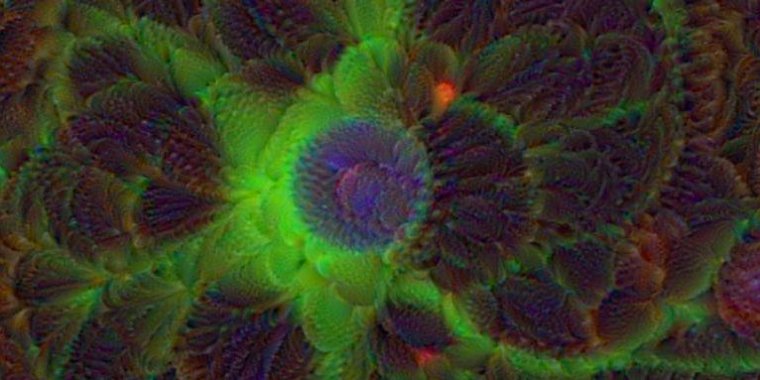| News / Tech News |
Scientists teach computers how to analyze brain cells
According to a new study, it may be possible to teach machines how to pick out features in neurons and other cells that have not been stained or undergone other damaging treatments.

This image shows the program “thinking,” as it considers what cellular structures to identify. Image credit: Dr. Finkbeiner/Gladstone Institutes/UCSF
A dish, or culture, of neuronal cells appears uniform to the naked eye and the different, individual cells in it cannot be seen. Ever since the late nineteenth century when pioneering neuroscientists, Santiago Ramon y Cajal and Camillo Golgi, drew the earliest maps of the nervous system, scientists have been developing dyes and staining methods to help distinguish the structures in the brain, including different types of cells and their state of health.
However, many of these methods involve harsh chemicals that fix, or freeze, cells in an unnatural state or damage living cells after multiple stains have been applied. The traditional techniques also limit the details scientists can observe.
A team led by Steven Finkbeiner, M.D., Ph.D., director and senior investigator at the Gladstone Institutes in San Francisco, and professor of neurology and physiology at the University of California, San Francisco, explored whether computers could be trained to identify structures in unstained cells.
The researchers used a method called Deep Learning, which relies on principles of machine learning, a type of artificial intelligence in which machines can learn from data and make decisions. Facial recognition software is an example of machine learning.
Using Deep Learning, Dr. Finkbeiner’s team trained a computer program to analyze brain cells by showing it stained and unstained images. Then, to test whether the program had learned anything, the researchers challenged it with new unlabeled images.
After the first round of training, the program identified where cells were located in the culture dish by learning to spot a cell’s nucleus, a round structure that contains genetic information and serves as the cell’s command center.
During additional experiments, Dr. Finkbeiner’s group increased the complexity of the features the program was looking for and successfully trained it to distinguish dead cells from living cells, as well as to identify specific types of brain cells.
In addition, the program learned to differentiate between axons and dendrites, which are two specific types of extensions on neurons. According to the results, the program was successful in predicting structures in unlabeled tissue.
Dr. Finkbeiner and his colleagues plan to apply these methods to disease-focused research. (National Institutes of Health)
YOU MAY ALSO LIKE



